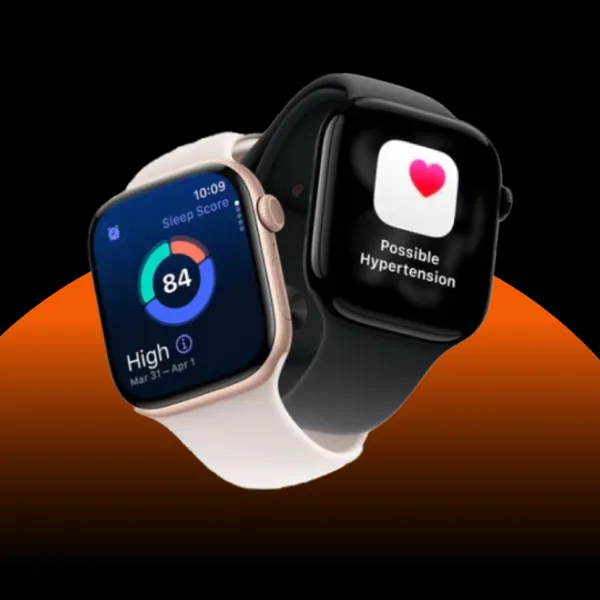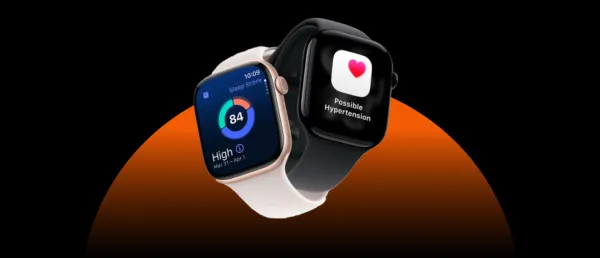Indiana Uni Researchers Develop New Tools to Advance Alzheimer's Disease Research

The novel tools provide a translational approach to assess Alzheimer’s disease progression in animal models and bolster the consortium’s rigorous animal model development and preclinical drug testing pipelines developed to study and treat the disease.
Indiana University researchers have developed new brain network modelling tools to advance Alzheimer’s disease research.
This is a collaborative effort with the Model Organism Development and Evaluation for Late-Onset Alzheimer’s Disease (MODEL-AD), a consortium of experts at the IU School of Medicine, Jackson Laboratory, University of Pittsburgh, and Sage Bionetworks.
The novel tools provide a translational approach to assess Alzheimer’s disease progression in animal models and bolster the consortium’s rigorous animal model development and preclinical drug testing pipelines developed to study and treat the disease.
Moreover, for the first time, tools have been created to assess mouse models carrying human genes, which are built upon the well-established Brain Connectivity Toolbox used in human studies. Further, these tools are being applied to better understand Alzheimer’s disease progression and therapeutic response and are being embedded as a resource in MODEL-AD.
The research team, led by Evgeny Chumin, PhD, a postdoctoral research fellow in the College of Arts and Sciences' Department of Psychological and Brain Sciences at IU Bloomington, and Paul Territo, PhD, professor of medicine at the IU School of Medicine, published their findings in Alzheimer’s & Dementia: The Journal of the Alzheimer’s Association.
Dr Paul Territo, co-principal investigator, the MODEL-AD consortium, said, “We now for the first time have created tools to assess mouse models carrying human genes, which are built upon the well-established Brain Connectivity Toolbox used in human studies. We are applying these tools to better understand Alzheimer’s disease progression and therapeutic response and are embedding them as a resource in MODEL-AD.”
Moreover, MODEL-AD plans to use these network neuroscience tools in their investigations of other preclinical data, including models of late-onset Alzheimer’s disease, potential therapeutics for the disease and multi-modal analyses that combine neuroimaging data from PET and MRI.
According to the Alzheimer’s Association, more than 6.5 million Americans aged 65 and older are living with Alzheimer’s disease, and that number could grow to nearly 14 million by 2060.
Indiana School of Medicine is the largest medical school in the US and is ranked among the top medical schools in the nation by US News & World Report. The school offers high-quality medical education, access to leading medical research and rich campus life in nine Indiana cities, including rural and urban locations consistently recognised for livability.
In a similar development, IIT Madras researchers developed a machine learning tool for brain and spinal cord tumour detection. This tool enhances the identification of cancerous tumours in the brain and spinal cord. Termed 'GBMDriver' (short for GlioBlastoma Multiforme Drivers), this innovative tool is now accessible to the public online.
Stay tuned for more such updates on Digital Health News





























